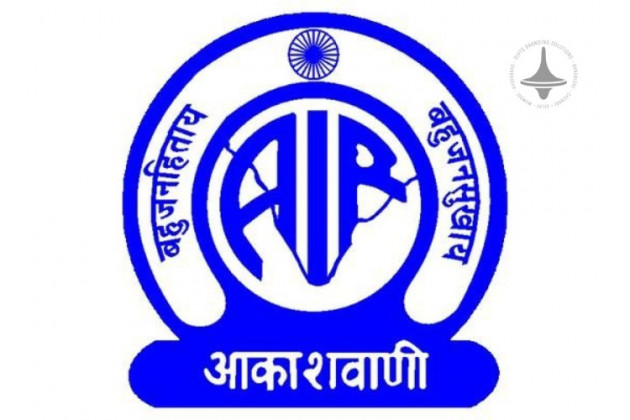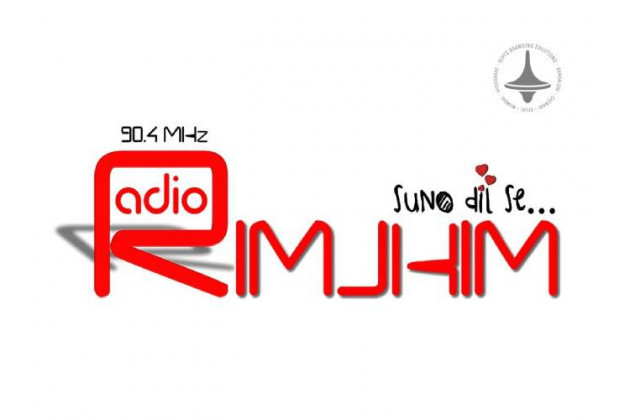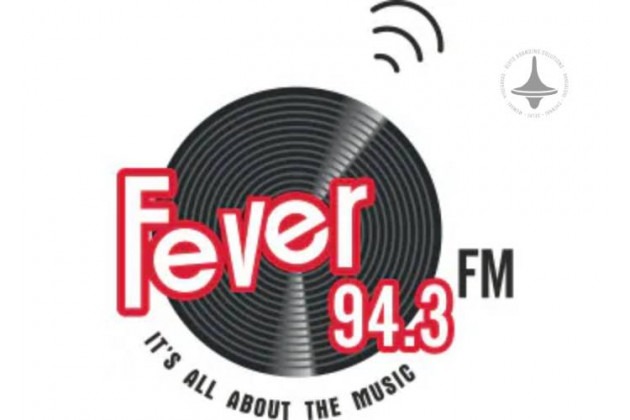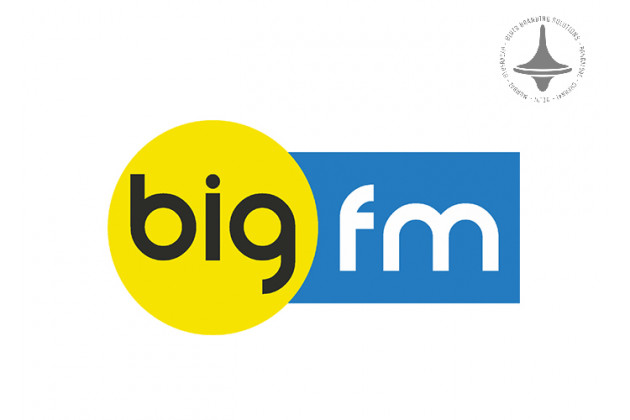Prime Time Ads | TV Ads | Brand Visibility | Digital Marketing

In the world of television advertising, businesses are often faced with a critical decision: should they allocate their budget to prime-time or off-peak TV ads? Understanding the differences between these time slots and their impact on brand visibility, audience engagement, and return on investment (ROI) is crucial for making an informed choice. This article explores the effectiveness of both prime-time and off-peak TV ads to help advertisers determine the best approach for their campaigns.
Understanding Prime-Time TV Ads
Prime-time television refers to the hours between 7:00 PM
and 11:00 PM when viewership is at its peak. Networks schedule their most
popular programs during this time to attract the largest audiences.
Consequently, advertising slots during prime time come at a premium due to the
high demand and vast potential reach.
Advantages of Prime-Time TV Ads:
- Maximum
Audience Reach – Prime-time slots attract the highest number of
viewers, ensuring broad exposure for advertisements.
- Targeted
Demographics – Popular programs during prime time are often tailored
to specific audience segments, making it easier to target potential
customers.
- Brand
Credibility – Being featured during well-regarded shows can enhance a
brand’s credibility and association with premium content.
- Higher
Engagement Rates – Viewers are more likely to be engaged with the
content they are watching, which can translate into better ad recall and
conversions.
However, prime-time advertising is costly, which can be a
significant barrier for small and medium-sized businesses (SMBs) with limited
budgets.
Understanding Off-Peak TV Ads
Off-peak TV advertising occurs outside of prime-time hours,
typically during late nights, early mornings, and mid-day slots. These time
periods generally have lower viewership, but they also come with reduced
advertising costs, making them an attractive option for budget-conscious
advertisers.
Advantages of Off-Peak TV Ads:
- Cost-Effective
Advertising – Off-peak slots are significantly cheaper, allowing
businesses to run ads more frequently within the same budget.
- Less
Competition – With fewer advertisers vying for airtime, brands have a
better chance of standing out.
- Niche
Audiences – Certain demographics, such as night shift workers,
students, and stay-at-home parents, may be more engaged during off-peak
hours.
- High
Frequency Potential – Advertisers can afford to run their commercials
multiple times, increasing ad recall and brand recognition.
The downside is that off-peak hours have lower overall
viewership, which may reduce immediate brand exposure compared to prime-time
ads.
Which is More Effective?
The effectiveness of prime-time vs. off-peak TV ads depends
on the advertiser’s objectives, budget, and target audience.
- For
maximum reach and brand awareness, prime-time ads are ideal,
particularly for large corporations and brands launching major campaigns.
- For
cost efficiency and targeted niche marketing, off-peak ads provide
excellent value, especially for SMBs or businesses looking to test their
messaging before scaling up.
- A
Balanced Approach – Many advertisers combine both strategies, using
prime-time ads for brand awareness and off-peak ads for sustained exposure
at a lower cost.
Ultimately, the best choice depends on the advertiser’s
goals and resources. By carefully analyzing audience behavior and budget
constraints, businesses can optimize their TV ad campaigns for maximum impact.
Conclusion
Both prime-time and off-peak TV ads offer unique advantages, and the right choice depends on a company’s advertising strategy. While prime-time ensures high visibility and engagement, off-peak slots offer affordability and niche targeting. By leveraging a strategic mix of both, advertisers can maximize their ROI and achieve their marketing objectives effectively.






















Leave a Comment